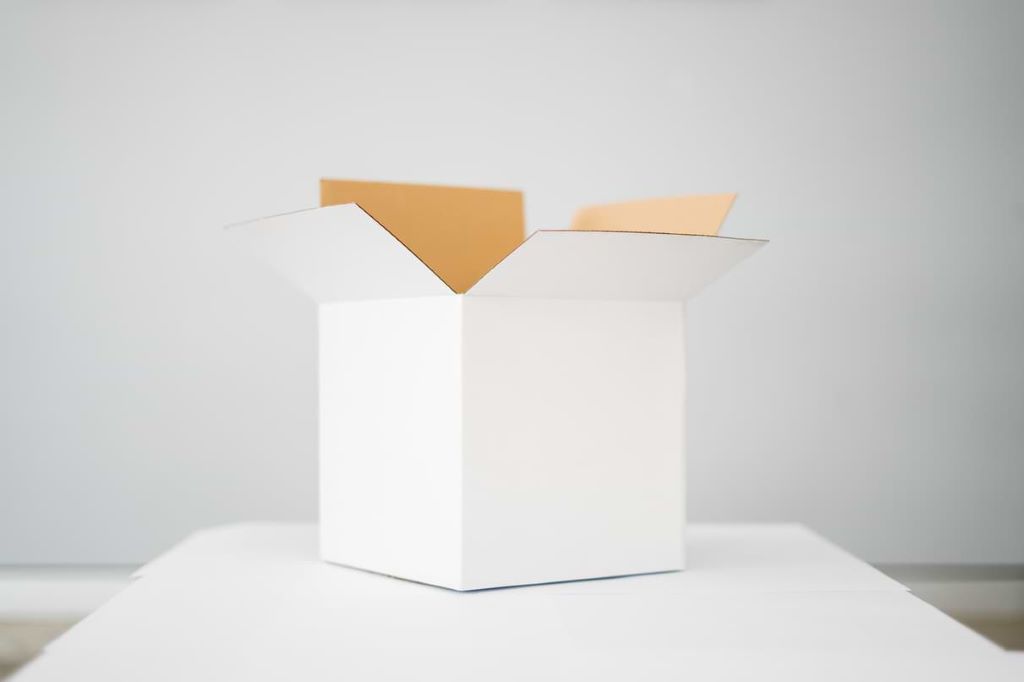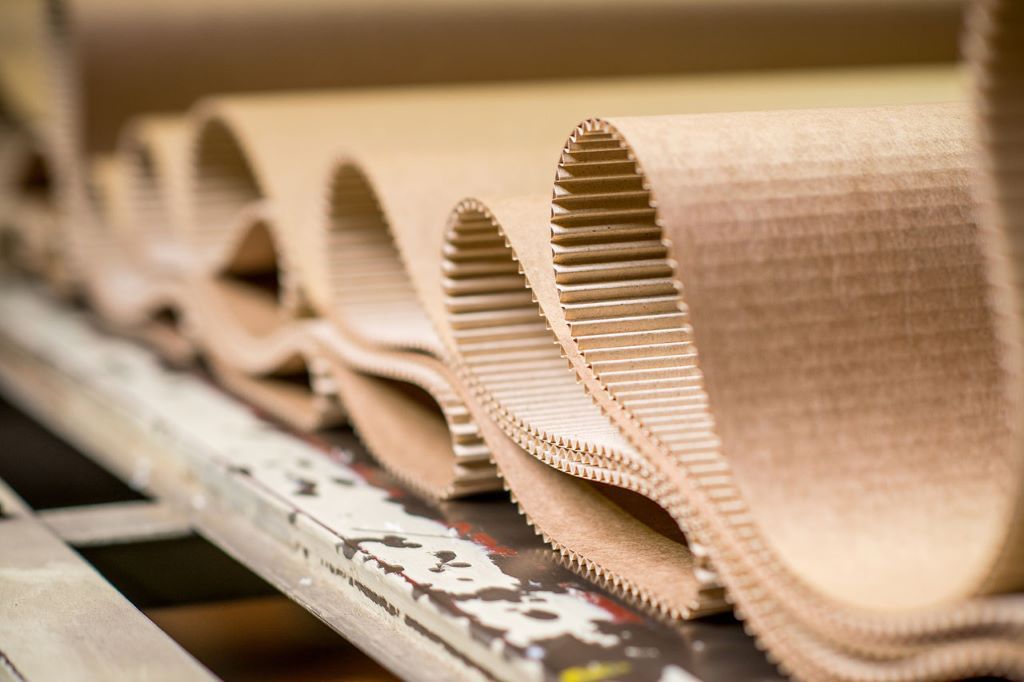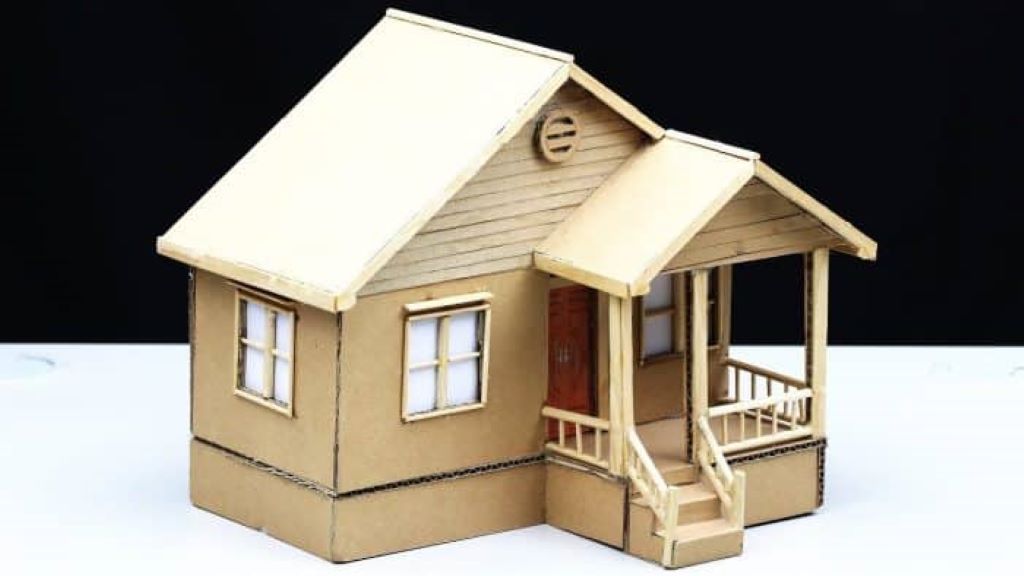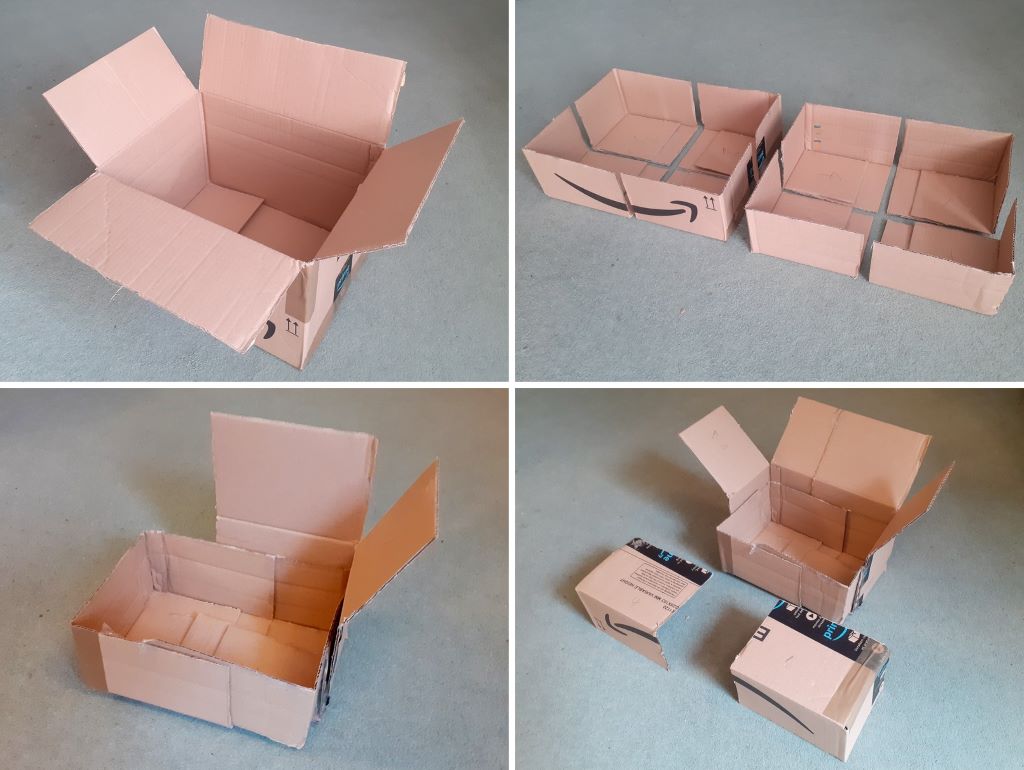Cardboard is a popular and budget-friendly material that is widely used for creating a diverse range of structures, such as storage boxes, packaging boxes, furniture, and even temporary shelters. However, despite being known for its durability and strength, cardboard can wear out over time, and its strength can be compromised.
To ensure longevity and enhance its strength, there are several ways to reinforce cardboard and make it more robust. Some of the most effective methods include using multiple layers of cardboard, adding adhesive tapes, applying sealants, using edge protectors, and incorporating other materials like wood or metal.
By reinforcing cardboard using these techniques, you can make it more resistant to wear and tear, moisture, and other environmental factors, which will help your projects last longer and remain strong.
Choose the Right Cardboard

Not all cardboard is created equal when it comes to strength. Here are some tips for selecting the strongest cardboard for your structure:
Opt for New Cardboard
New, unused cardboard is stronger than recycled material which has already been weakened from previous use. Get clean, new cardboard whenever possible.
Use Corrugated Cardboard
Corrugated cardboard, with its wavy inner layer, is stronger than basic cardboard. Opt for single or double-walled corrugated cardboard if available. The more layers, the stronger it will be.
Avoid Cardboard with Visible Damage
Before utilizing cardboard, it is essential to inspect it thoroughly to ensure its structural integrity. Take a close look at each sheet, checking for any visible damage such as tears, punctures, or creases that could compromise its strength. Additionally, it’s crucial to discover how to make cardboard stronger, implementing techniques that enhance its durability and overall performance. By being vigilant in your inspection and proactive in strengthening techniques, you can optimize the reliability of the cardboard for your intended use.
Consider the Fluting Direction
In corrugated cardboard, the fluting refers to the wavy inner layer. Fluting running vertically provides more strength for vertical structures like walls. Horizontal fluting is best for horizontal surfaces like floors and roofs.
Choose Thicker Cardboard
In general, thicker cardboard sheets are stronger than thinner varieties. For extra durability, select the thickest cardboard available for your project.
Reinforce the Structure

Once you’ve chosen strong cardboard, there are various techniques to further reinforce it for added stability:
Use Multiple Layers
One easy way to reinforce cardboard is to double up layers and create thicker, stronger cardboard. Glue or tape sheets together, aligning the direction of corrugations for enhanced rigidity.
Add Wood or Metal Supports
For large cardboard structures, add thin wooden beams, dowels or even strips of metal as supports along edges and joints. This helps prevent sagging and adds strength.
Use Thicker Materials for Foundations
If building furniture or structures that will bear weight, use very thick cardboard, plywood or even metal plates for foundations and lower portions to prevent buckling.
Coat Cardboard in Wood Glue
Brushing a layer of wood or white glue onto corrugated cardboard sheets helps stiffen the material once dry. This protects against moisture damage too.
Create Cardboard Laminates
Layering cardboard with other materials creates a rigid laminate panel. Try coating cardboard in glue and pressing between two plywood sheets. The contrasting grains add strength.
Use Fiberglass Resin
For waterpoof, super strong cardboard, paint on a layer of epoxy resin or brush on fiberglass resin, using fiberglass matting on especially weak spots. When cured, this creates a tough shell.
Wrap Duct Tape Around Edges
Wrapping duct tape around exposed edges prevents fraying or tears, keeping the structure intact. The tape itself also adds some extra strength and rigidity to the cardboard.
Use Proper Construction Techniques
Follow sound construction principles during assembly to create cardboard structures and furniture built to last:
Use Strong Adhesive
The best glue for cardboard is white or wood glue. Super glue can also be used. Apply an even layer of adhesive thoroughly on joints during assembly. Clamp pieces together as they dry.
Use Screws and Bolts
While glue bonds cardboard together, adding screws or bolts through layers and into wood or metal supports provides even more stability and strength.
Create Triangles and Gussets
Triangular pieces or gussets of cardboard glued into corners greatly enhances rigidity. Cut and glue small triangular folded flaps into every square corner.
Avoid Stress Points
Whenweight will be added, reinforce potential stress points with extra cardboard layers, wood or metal pieces. Add supports under shelves, along seat backs and under roofs.
Cover Exposed Edges
Cover any exposed cardboard edges with trim pieces, corner guards or wood strips to prevent damage, splitting and moisture intrusion which weakens the material.
Caulk Exposed Joints
Using acrylic caulk to seal joints makes them waterproof and helps hold pieces more firmly together. Apply caulk along seams and let fully cure.
Use Even, Flat Surfaces
Bowing or uneven surfaces put additional stress on cardboard. During assembly, keep surfaces flat with even pieces pressed tightly together.
Waterproofing Techniques
Since cardboard quickly weakens when wet, it’s important to waterproof a cardboard structure for outside use or in damp environments:
Apply Water Sealer
Special sprays designed for cardboard create a water-repelling shield. Apply multiple coats of sealer, allowing full drying in between each layer for maximum protection.
Use Wax Paper or Aluminum Foil
For temporary waterproofing, line the inside of cardboard boxes with wax paper or aluminum foil. The coated side repels moisture from seeping into the cardboard.
Paint Exteriors with Oil or Latex Paint
Applying at least two coats of exterior oil or latex paint seals out moisture and creates a tougher shell. Avoid acrylic paints which can crack.
Use Heat Shrink Wrap
Wrap the entire cardboard creation in heat shrink plastic. Apply using a heat gun to make the plastic adhere tightly to all surfaces. Trim off excess.
Laminate with Packing Tape
Fully covering the cardboard in packing tape or duct tape seals out moisture. Press the tape down tightly as you apply to prevent water entry.
Apply Bitumen Paint
Special bitumen or asphalt-based paints and primers create a thick, rubbery moisture barrier. Often used on roofs, they work on cardboard projects too.
Make it Last with Regular Maintenance

Regular inspection, care and maintenance will keep cardboard creations in good shape for as long as possible:
- Check for any signs of moisture damage and immediately dry out cardboard or seal with caulk if needed
- Watch for buckling or sagging and reinforce weak spots
- Use corner guards and trim pieces to prevent scuffing and fraying
- Avoid dragging or bumping the structure to minimize wear
- Keep surfaces clean by dusting and vacuuming when needed
- If painted, touch up any scratches or chips to prevent moisture getting in
- Store cardboard furniture inside or covered to prevent water damage from rain or snow
- Reapply sealers and waterproof coatings periodically for continued protection
With the right cardboard, construction methods, and regular TLC, cardboard can make surprisingly tough, durable structures built to last. Get creative with this versatile material!
Frequently Asked Questions
How long will cardboard furniture last?
With proper construction and care, cardboard furniture can potentially last for years. Maintaining painted finishes and waterproofing coatings is key. Expect outdoor cardboard structures to have a shorter 1-2 year lifespan.
What’s the strongest shape for cardboard?
Triangles provide the most structural strength and rigidity. Look for cardboard tubes and boxes with triangular reinforcing panels. Or cut and glue small cardboard triangles into corners yourself.
Can cardboard hold weight?
Yes, corrugated cardboard can hold plenty of weight if it’s layered properly. For heavy items, use very thick cardboard or support shelves with wooden beams. Avoid concentrated weight on small weak points.
Is cardboard waterproof?
Plain cardboard is damaged by moisture. Water causes the fibers to warp and lose strength. It must be coated in plastic, resin, paint or wax to make it water-resistant. Proper waterproofing is critical for outdoor use.
Can cardboard get wet?
It’s best to keep cardboard dry, though brief moisture won’t ruin a properly treated structure. Allow wet cardboard to fully air dry before more water can penetrate. Then reinforce water-damaged spots before further use.
Conclusion
While it’s not suitable for every application, cardboard’s strength can be dramatically improved with smart construction techniques. The right cardboard material plus ample reinforcement and waterproofing allows it to be used for furniture, containers, shelters and more, whether indoors or out.
With a bit of creativity and proper care, cardboard becomes a durable, cost-effective building material. Similarly, exploring the toughness of epoxy-coated polyester cloth reveals its resilience, making it an excellent choice for various applications when paired with innovative design and meticulous maintenance.

